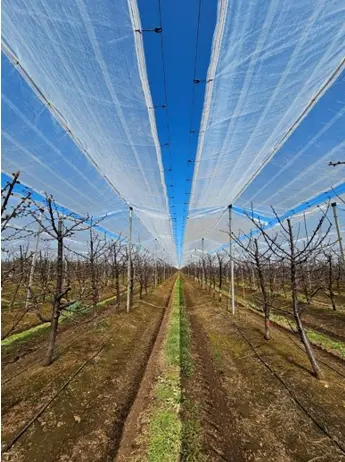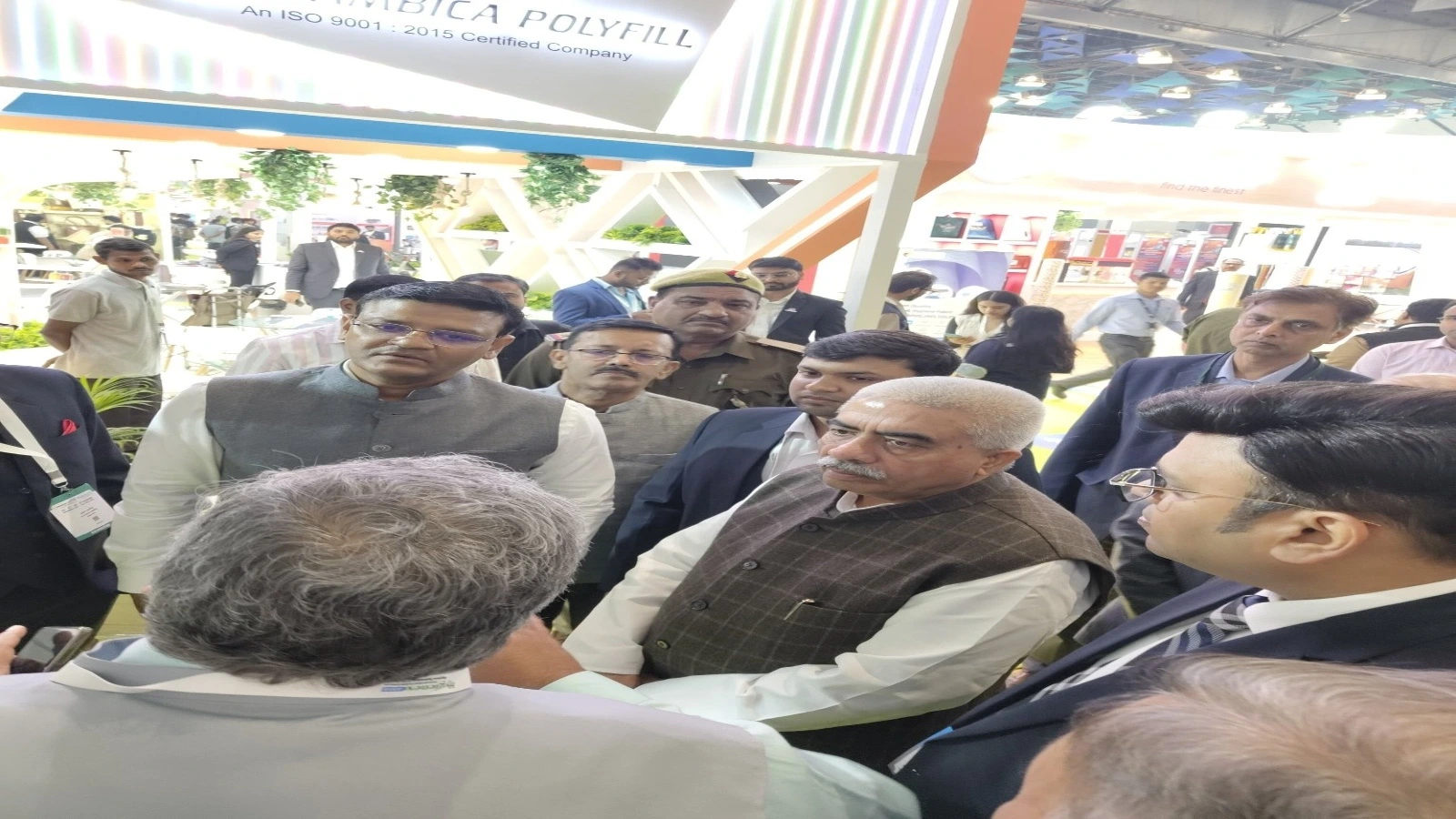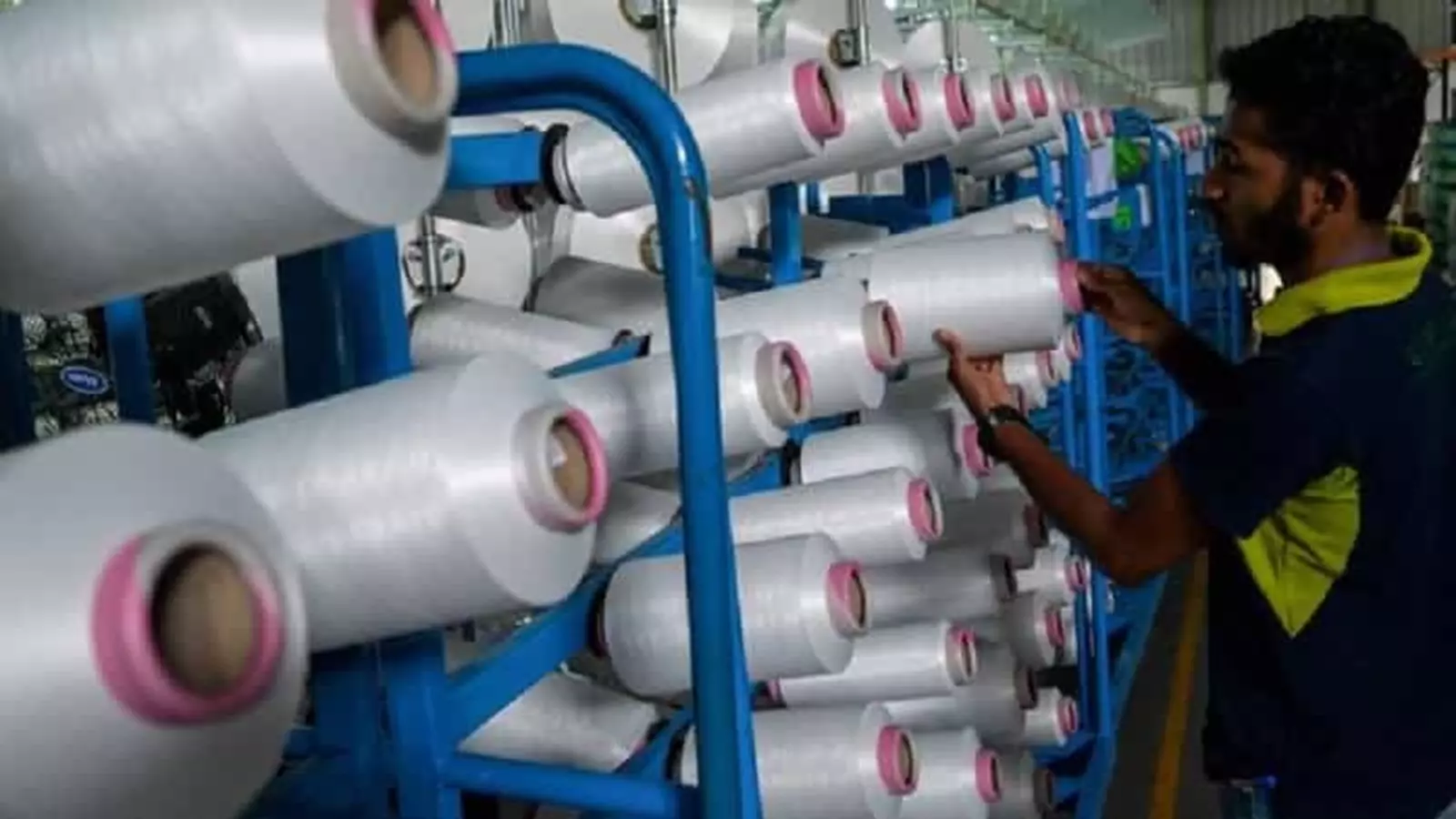Nonwoven Agrotextiles For Sustainable Farming:Insights From Sasmira’s Centre Of Excellence
Share Post
India’s agricultural sector, the backbone of the nation’s economy, confronts unprecedented challenges posed by climate change, including erratic weather, droughts, intense solar radiation, and emerging pest threats. These hurdles necessitate a shift from traditional agricultural practices towards technology-driven solutions that enhance resilience, productivity, and sustainability. Agrotextiles, a vital segment within Technical Textiles, are emerging as transformative tools to achieve this goal.
Agrotextiles consist of engineered materials crafted from polymers such as Polyethylene (PE) and Polypropylene (PP) and natural fibers like jute and coir, formed into woven, knitted, and nonwoven structures. These materials modulate micro-environments around crops, providing protection, conserving resources, and improving yield and quality.
SASMIRA’s Centre of Excellence for Agrotextiles (CoE-Agrotech), under the Ministry of Textiles, has been spearheading the development, standardization, and dissemination of agrotextile technologies since its establishment in 2008. CoE-Agrotech has developed 29 National Standards in collaboration with the Bureau of Indian Standards (BIS) and established 54 Agrotextile Demonstration Centres across India, with a strong presence in the North Eastern Region. These efforts have facilitated awareness among stakeholders and accelerated agrotextile adoption nationwide.

A pioneering initiative under the National Technical Textiles Mission is the Climate Smart Agrotextile Centre at Navsari Agricultural University, Gujarat. This centre integrates advanced IoT-based monitoring systems to measure agrotextile-induced changes in temperature, humidity, soil moisture, and light intensity in real-time, enabling precision agriculture interventions.
Among the various forms, nonwoven agrotextiles play a crucial role in modern farming. Nonwoven crop covers, used in structures like low-height tunnels, enable the winter cultivation of high-value vegetables such as broccoli by creating favorable microclimates that boost internal temperature by 2–4°C. Similarly, nonwoven fruit covers applied to mangoes, pomegranates, bananas, and grapes reduce pest damage and handling blemishes, enabling export-grade quality. Mulch mats crafted from synthetic and natural Fibers also contribute significantly by reducing water consumption by 20–30%, suppressing weeds, and regulating soil temperature.
India’s nonwoven fabric market, valued at USD 4.75 billion in 2024 with projections reaching USD 7.38 billion by 2035, reflects the rising importance of agrotextiles within the technical textiles sector. Ensuring quality is SASMIRA’s state-of-the-art testing laboratories, empanelled with BIS, validate the functional properties of agrotextiles, reinforcing trust across the supply chain. While the outreach may not cover every farmer directly, strategic efforts in standardization, research, capacity building, and market development empower agricultural communities to embrace sustainable and profitable farming practices.
In the context of Non Woven Tech Asia 2025, agrotextiles demonstrate the innovative potential of nonwoven technical textiles to revolutionize climate- smart agriculture. They embody a profound synergy of material science, precision engineering, and digital integration, offering tangible solutions that address critical environmental and economic challenges faced by the agricultural sector in Asia and beyond.
03:06 PM, Nov 12






.webp)

1.webp)
1.webp)

1.webp)
1.webp)
1.webp)































().png)























